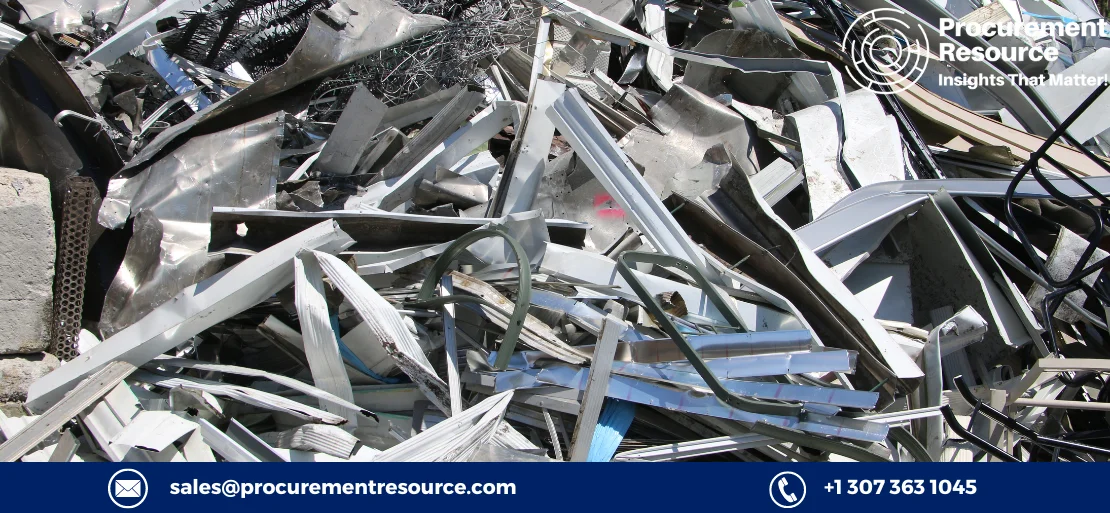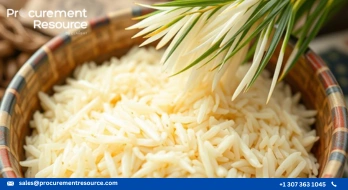US HMS Steel Scrap Prices will Further Decline due to Lower Offtake by Turkey

After achieving USD 35 to USD 100 in value gains in early March, ferrous scrap in the United States appears to be ending the month with a downward trend. In a weather cliché reversal, the secondary commodity may have entered March like a lion but is about to go like a lamb.
Davis Index indicates decreased bids for imported ferrous scrap from both Turkey and India in the week beginning March 27. According to the worldwide price tracking service, bulk heavy melting steel (HMS) purchasers in Turkey paid around USD 11 per metric tonne less for US-sourced scrap during the last week of March compared to the previous week.
The Davis Index transaction record for HMS supplied in the United States and delivered to Turkish ports indicates a recent high of USD 462.25 per metric tonne cost and freight (CFR) on March 13, shortly after the monthly domestic mill buying price was determined in the United States.
Request Access For Regular Price Update of Steel Scrap
As a result, Turkish customers have been bidding lower, with cargoes moving for $443.61 per metric tonne CFR (down 4%) as of March 27.
According to Davis Index, bulk HMS exports to India are following a same pattern, with a recent peak of USD 494.50 per metric tonne cost, goods, and insurance from March 8-13, nearly matching with monthly buying in the United States.
Since then, the value of bids has steadily declined, with Indian buyers paying USD 459.50 CIF (down 7%) as of March 27.
Scrap processors will be watching attentively from April 3 to April 10 to see if the early April domestic mill purchasing period will restore positive momentum to the market.
Steel output in the United States is mainly consistent, although not particularly robust. According to the American Iron and Steel Institute in Washington, production of around 19.88 million tonnes through March 25 is down 4.5 percent from the same period in 2022. (AISI).
According to AISI, mills in the United States are working at a 74.1 percent capability utilisation (capacity) rate year to date, down from a 79.7 percent rate in the first three months of last year.
According to data compiled by the Brussels-based World Steel Association (Worldsteel), crude steel production in the 63 nations reporting to it fell by 1% in the first two months of this year compared to January and February of last year.
Unfortunately for the US scrap industry, China and Iran, two of the only three significant nations with rising output, buy little or no scrap from North America. In India, though, output is up 1%.
Read More About Steel Scrap Production Cost Reports - REQUEST FREE SAMPLE COPY IN PDF
According to a processor in the Midwest, scale traffic improved in mid-March due to better weather and pricing. Yet, it claims that the improvement is in relation to the previous month, not in comparison to March 2022.
Lower offshore bids and the relative shortage of scrap production on the ground are likely to be discussion points as buyers and sellers begin negotiations in early April.
As per Procurement Resource, despite gaining USD 35 to USD 100 in value in early March, ferrous scrap in the United States appears to be on the decline for the month. In a weather cliché reversal, the secondary commodity came in like a lion but is set to leave like a lamb.
In the week commencing March 27, the Davis Index indicated lower bids for imported ferrous scrap from both Turkey and India. Bulk heavy melting steel (HMS) purchasers in Turkey paid roughly USD 11 per metric tonne less for US-sourced scrap during the last week of March compared to the previous week, according to the global pricing tracking service.




